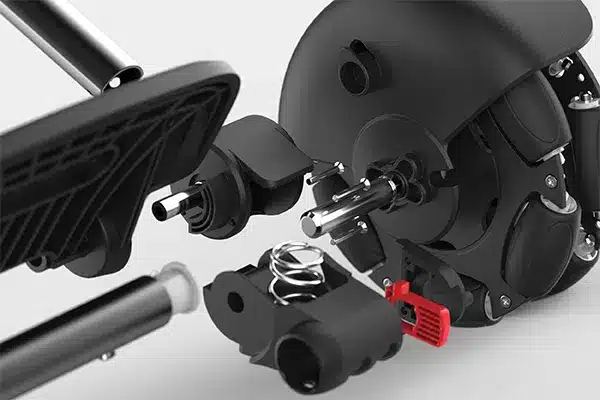What Is a Prototype and Why Is It Crucial in Product Development?
In a world of fierce competition, the ability to quickly and effectively iterate on ideas can make or break a product. Without a prototype, it can be difficult to determine how a product will perform or be received by customers. This can lead to missed opportunities, wasted time and ultimately a product that fails to meet expectations.
In this blog, we will explore the different types of prototypes, their benefits and their importance in product development.
What is a Prototype?
In product development, a tangible representation of an idea or concept is crucial to ensure its success in the market. However, creating a final product without proper planning can lead to costly errors and poor user experience. Prototyping allows businesses to test and iterate their ideas, ultimately creating a product that meets the needs of their target market.
A prototype is a preliminary version of a product designed to test and evaluate its functionality, features and design before mass production. It can be a physical or digital model simulating the final product.
In the automotive industry, prototypes are used extensively in designing and developing new vehicles. Before launch, car manufacturers create prototypes to test new engine designs, safety features and other components. This process allows them to identify any issues or defects early in development and make necessary improvements before production.
Benefits of Prototyping
Prototyping ensures products meet the needs and expectations of customers. Beyond that, it can also:
- Identify design flaws early on in the development process
- Reduce the costs of product development
- Test functionality and performance of a product
- Receive feedback from stakeholders and end-users
- Improve communication between stakeholders and design teams
- Increase the chances of a product’s success in the market
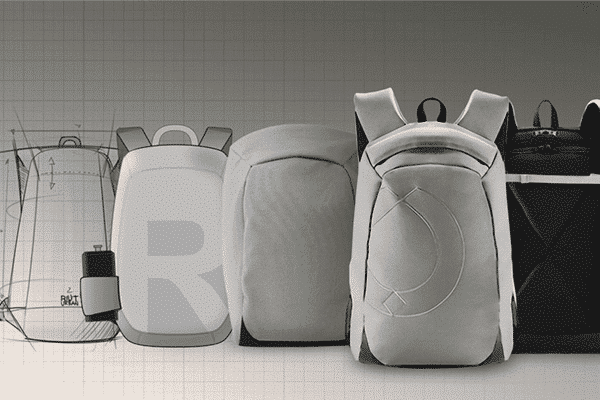
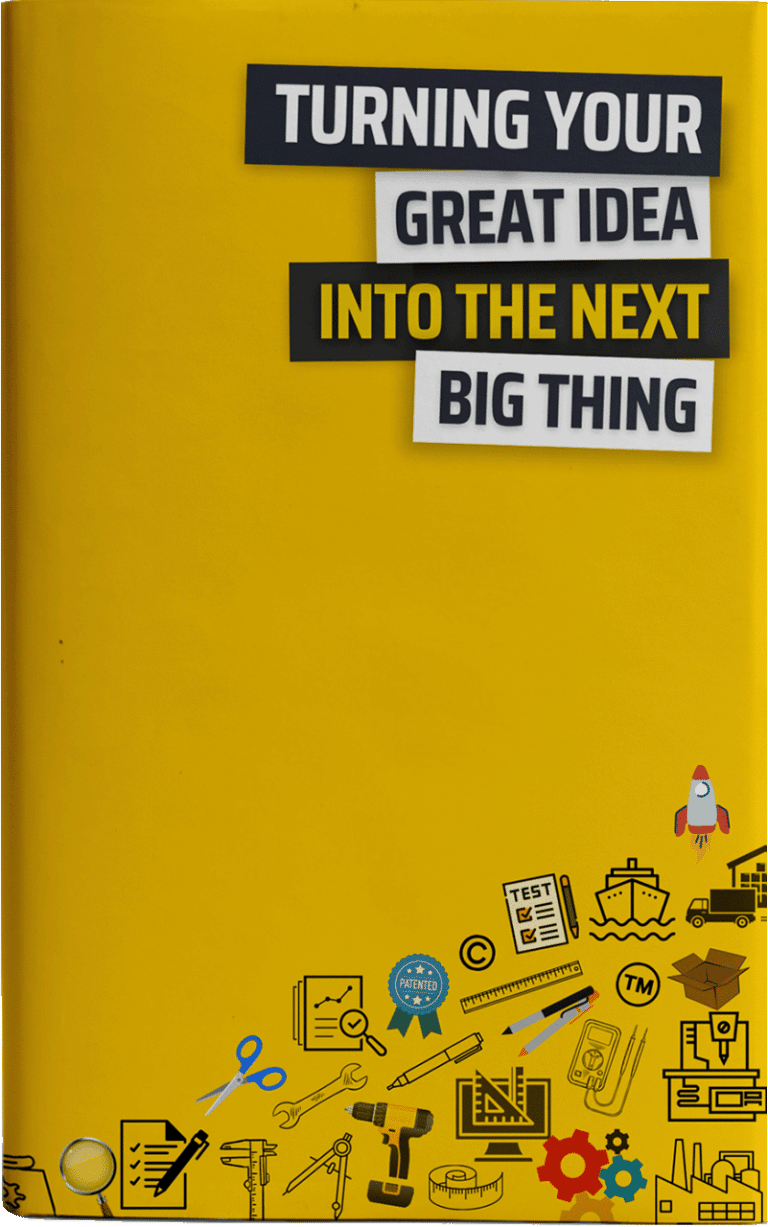
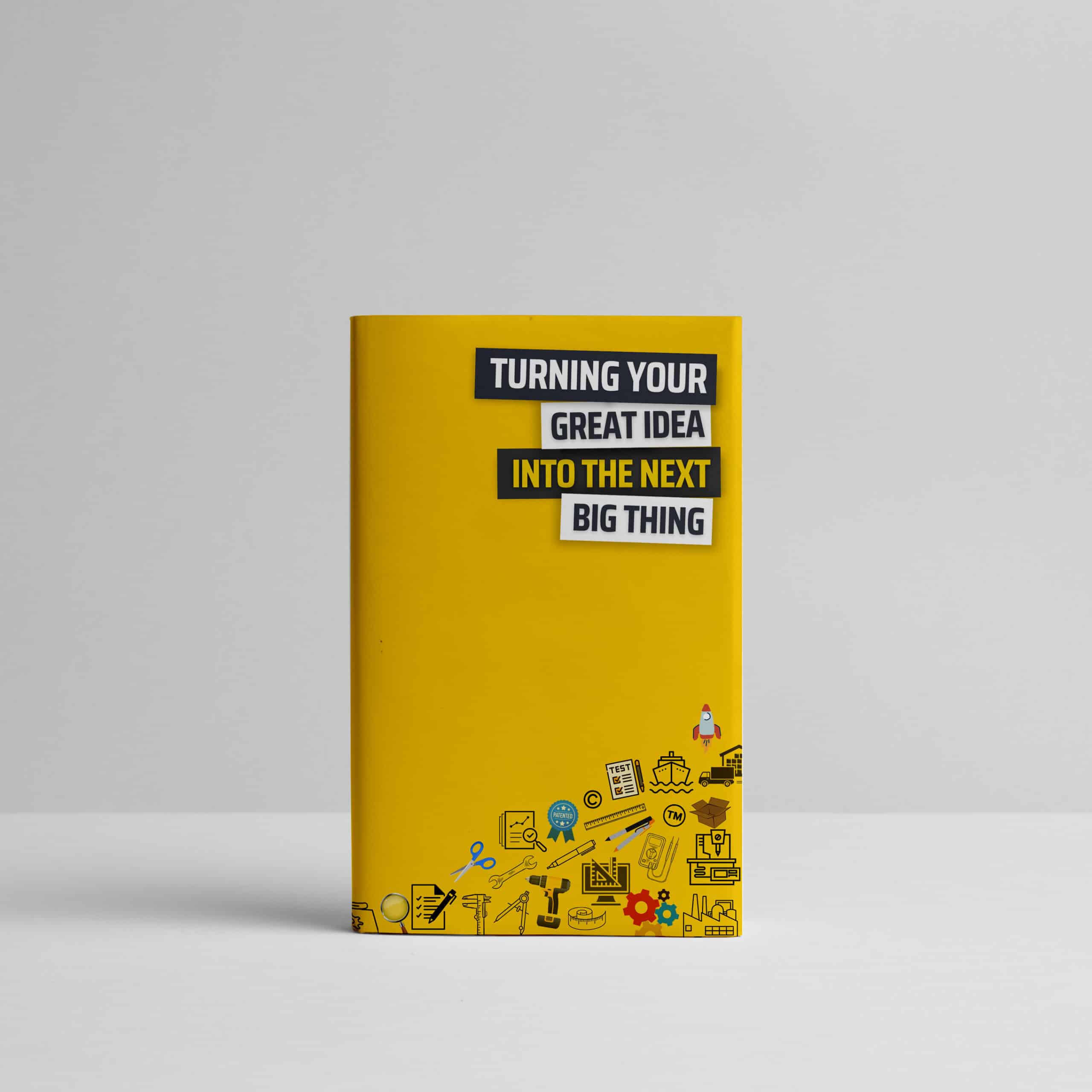
Serious about developing a product?
Having worked with hundreds of Start-Ups and SMEs we’ve learned a thing or so about getting a project off to the right start.
Don’t miss out on this invaluable guide to turning your idea into the next big thing!
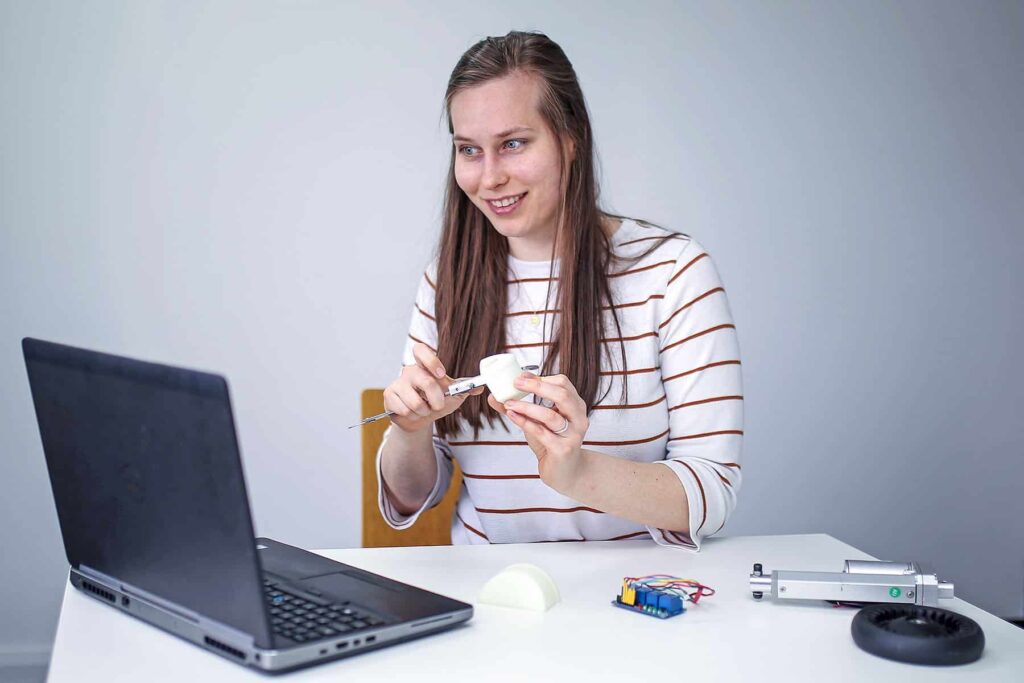
The Different Types of Prototypes
Each type of prototype serves a specific purpose in the product development process and choosing the right one depends on the goals and objectives of the project. Understanding the different types can help product teams create effective prototypes that ultimately lead to successful products.
- Wireframe Prototype: A basic representation of a product’s layout utilised to test usability and functionality. It is often created using simple software or paper and is primarily used to get feedback on the product’s structure.
- Presentation/Mock-Up Prototype: This type of prototype is created using more advanced software tools and gives stakeholders and potential customers a sense of what the final product might look like. It typically includes some basic functionality but is not fully functional.
- Concept Prototype: A proof-of-concept prototype often created quickly and inexpensively using basic materials, such as foam or cardboard and may not be fully functional.
- Feasibility Prototype: A prototype used to test the feasibility of a design concept. It is more advanced than a concept prototype and may include some functionality. Feasibility prototypes typically identify potential issues or technical challenges before development.
- Horizontal Prototype: A prototype that includes a subset of the product’s features but is fully functional. It is used to test user interactions and workflows and to identify usability or functionality issues before production.
- Vertical Prototype: A complete, fully functional prototype that includes all of the features and functionality of the final product. It is used to test and validate the design before moving into production and to get feedback from stakeholders and potential customers.
Build Amazing Products and User Experience with Design 2 Market
To sum up: Using different types of prototypes throughout the product development process helps designers and developers identify and address issues early on, reduce development time and costs and ultimately create a successful end product.
At Design 2 Market, we have the tools, resources and connections to turn your concept into marketable products.
Contact us today to schedule a free consultation with our design experts.
